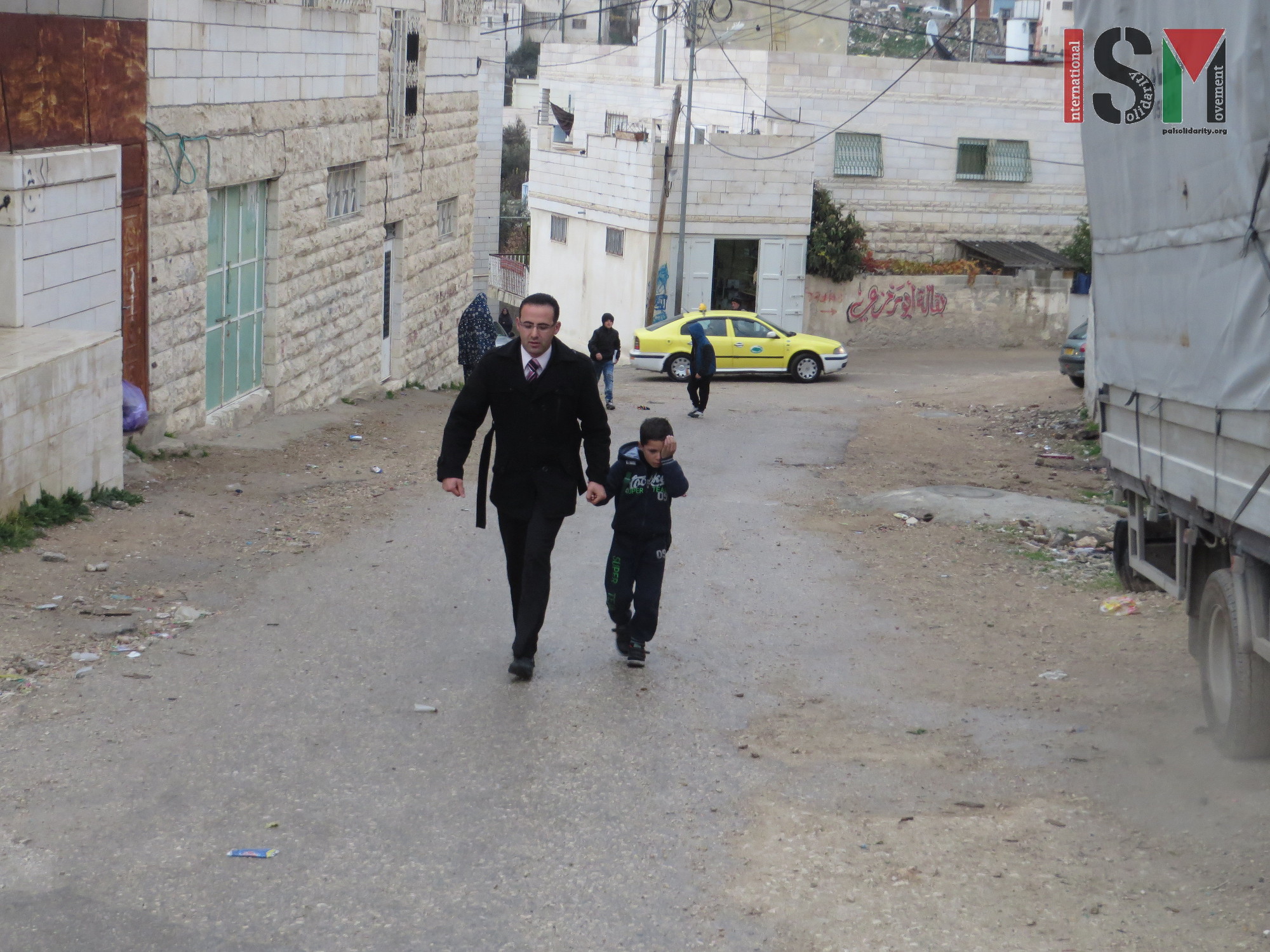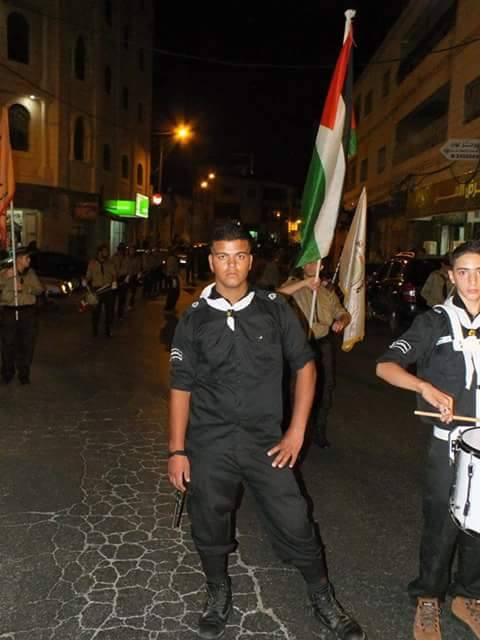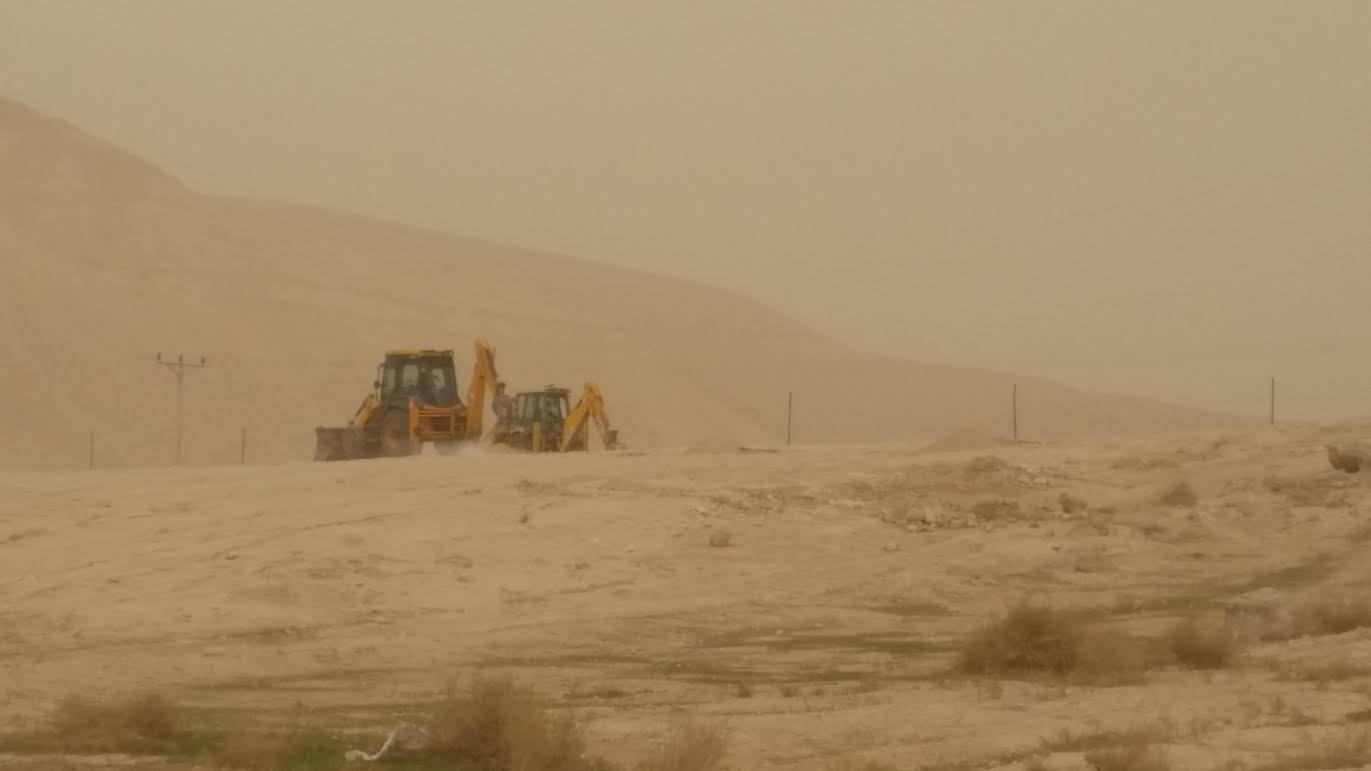Author: ISM Media
-
A frightening walk to school in occupied al-Khalil (Hebron)
2nd January, 2016 | International Solidarity Movement, al Khalil team | Al Khalil, occupied Palestine On 30th December 2015, an aggressive Israeli settler and Israeli forces yet again intimidated and harassed Palestinian schoolboys in occupied al-Khalil (Hebron). As Palestinian schoolchildren were walking to school for their end of the year exam, infamous settler Ofer drove past…
-
URGENT Update: Help Hamzeh start 2016 with his family!
30th November 2015 | International Solidarity Movement | Ramallah, occupied Palestine Hamzeh’s family has managed to raise 1880 shekels! This is over half of the amount needed so that Hamzeh can come home in seven days! We still need 564.5 dollars to pay his fine to release him. Hamzeh was taken from his home in…
-
Further land grabbing in Jordan Valley
31st December 2015| International Solidarity Movement, Nablus Team | Jordan Valley, Occupied Palestine During the past 6 months, the Jordan Valley Solidarity Campaign has registered further land grabbing in Fasayal village in the Jordan Valley. The land, which originally belonged to a Palestinian owner, was invaded 6 months ago by Israeli authorities accompanied by settlers from…



